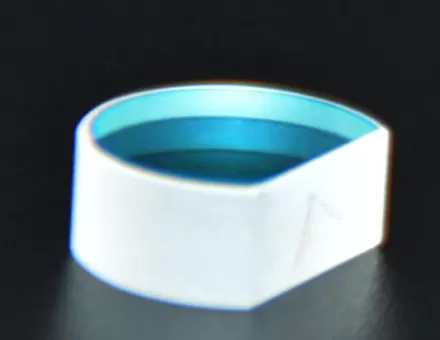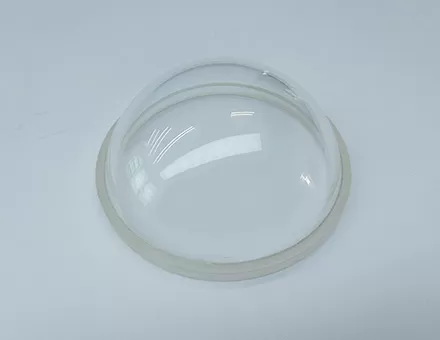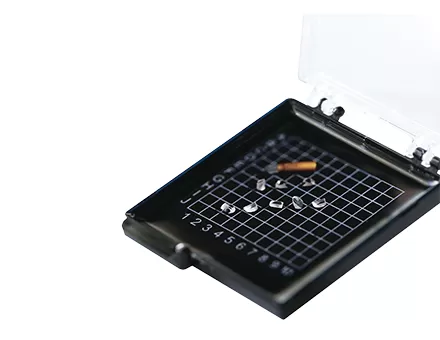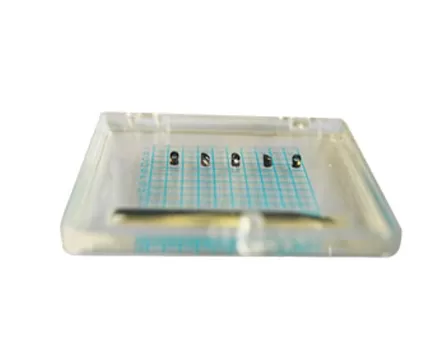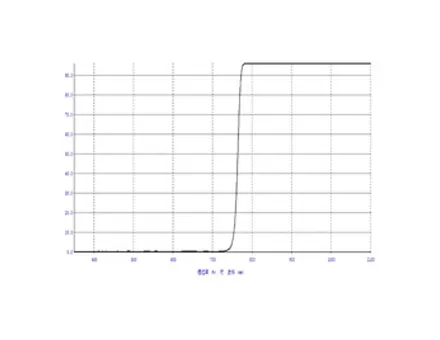Ⅰ. Transmission and reflection characteristics of custom optical lenses
The optical coating is designed based on the interference effect. Therefore, the performance of optical coating depends on the reflection and transmission of light when interacting with coating and substrate. We can enhance the characteristics of reflection and transmission through its precise optical film coating. Single-layer and multilayer coatings vary in spectral wavelength, while multilayer coatings work in a more comprehensive spectral range. Compared with single-layer coating, the performance of multilayer coating can reach nearly ten times, but it is also much more complex than single-layer coating. Therefore, single-layer layers are easier to manufacture and generally cheaper. The choice of the coating depends on the performance required by the optical system. We have Fourier infrared spectrometer and UV-vis spectrophotometry to measure the performance of our optical film coating. We can use these measurements to optimize the layer of the specific optical system and ensure the spectral performance of custom optical lenses coating.
Ⅱ. Incident angle of custom optical lenses
The incident angle is the angle at which light is incident on the surface of the optical element; The optical film is designed for the optimal incident angle. As the incident angle increases, the peak performance will change up to 5 times, and the wavelength of the nominal design can be converted to a longer or shorter wavelength. This is particularly evident when considering different polarization states, so it is essential to discuss which angles need to be optimized for a specific optical system of precision optical manufacturing.
Ⅲ. Military specifications for custom optical lenses
Suppliers providing products to the military have a set of strict quality standards, and custom optical lenses products must meet these standards to be qualified. Due to the paperwork required, the amount of testing, and the additional overhead associated with tighter tolerances, the cost of military projects may be higher than standard commercial work. When designing the system, it is vital to establish absolute requirements and determine whether a component will still achieve the best performance with more flexible tolerances to minimize the total production cost.
Ⅳ. Substrate material type of custom optical lenses
When choosing custom optical lenses substrate, many factors need to be considered, all of which are ultimately driven by the application of the visual system. These include the materials' inherent properties, such as refractive index, coefficient of thermal expansion, and transmittance in a specific wavelength region. Manufacturing and design parameters, such as accessibility of materials, weight, and ease of manufacturability. It is also important to note that coated high reflectors may limit the peak reflectivity due to scattering, depending on the surface quality of the substrate.
Ⅴ. Part sizes for custom optical lenses
To facilitate quotation, it can mark part dimensions, tolerances, and dimensions through drawings, so the most effective production method can be selected. In general, tighter tolerances are more costly due to other complexities in the manufacturing process of lens for small objects.
Ⅵ. Environmental conditions for custom optical lenses
Film coating is very durable. However, continuous exposure to moisture and extreme temperatures will change the performance of the coating over time. The temperature change will change the thickness and refractive index of the coating. Ensure that the operating temperature is specified so that the layer can be designed to give the best performance in this temperature range.
Ⅶ. Number of custom optical lenses
he size of the coating stroke and the size of the part can help determine the cost of film coating. Many coating plants have limited coating capacity, only focus on specific layers, or do not provide technical assistance to help with coating design. Therefore, custom optical lens coatings' design and production quantity will be more suitable for specific suppliers. It also provides prototype operation and mass production.


















 EN
EN
